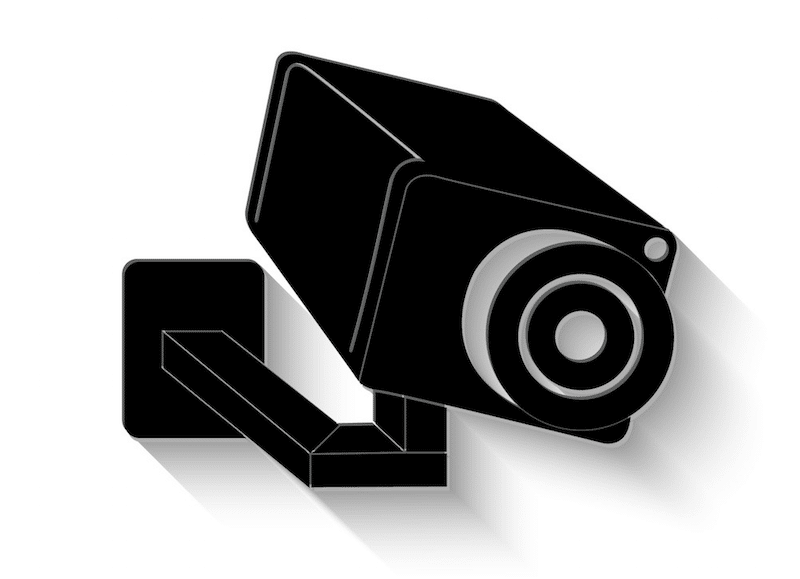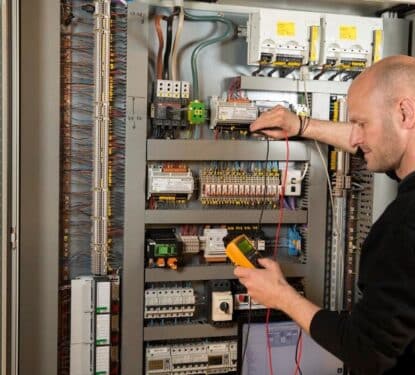As of April 2016 the UK Government will require all companies involved in the creation public buildings to conform with Level 2 Building Information Modelling (BIM) standards. Level 2 BIM requires much stricter, usually 3D model-based, building specifications in order to ensure superior commissioning.
Buildings should function better for occupants from the outset and be easier to maintain, underpinning upgrading schedules for all of a buildings’ equipment and systems.

Surrounding these major developments is the wider trend to use technology to get Building Management Systems (BMS) and Building Automation Systems (BAS) talking to each other and working more in the interests of the occupants of that building. With the advent of IoT we now have the capability to join BMS, BAS and all manner of “things” together more efficiently and cost effectively in a building, now widely known as the Building Internet of Things (BIoT).
“This technology can collect data from all the sensors and devices and with Big Data software, analyze all of this data and immediately optimise and fully automate the buildings performance. It can and will add a further dimension through more effective convergence with the business enterprise”, explains a Memoori report entitled The Transformation of BAS into the Building Internet of Things.
However, it should not just be about developing “smart” technology but rather about how technology is used to enable the building’s users. “A smart building is not smart if it makes its users feel dumb”, said Paul Fletcher, Innovative Design-Thinker & Principal at through…, during a recent Memoori webinar.
“BMS’ need to change from what many are today, by handing power back to the user rather than taking control away from them” he told the interactive audience.
Systems that control buildings should instead enable users to control them. Building firms should be more focused on supplying value added services associated with the smooth running of a building rather than just putting up a building and walking away. The concept of ‘Building as a Service’ is now gaining traction with those disillusioned by the authoritarian “Smart Building”.
New buildings are built with all manner of sensors everywhere from IP cameras, to fire and smoke detectors, thermostatic controllers, Heating Ventilation and Air Conditioning (HVAC) control systems, biometric sensors for access control and the list goes on and on. All these IP devices are in themselves intelligent, but they also enable the user to access information and enact informed control.IP video management systems (VMS), for example, are capable of registering a car licence plate number as it enters a parking area, then running that against a database of authorised license plates. Once a match is established, the barrier can be automatically lifted. When an unauthorised vehicle is identified, an image or video stream of can be sent automatically to a security manager, be they on-site or remote, allowing them to make a decision whether to release the barrier, or not. In this example, automation and user control work hand in hand to achieve the best access control possible.
Once visitors enter the building, they can be tagged and tracked around a building using VMS. Then alerts can be sent to the security manager, if a visitor is identified trying to access a restricted area, for example. VMS automatically highlights concerns and provides images that a human can then interpret.
[contact-form-7 id="3204" title="memoori-newsletter"]
Security market figures reflect this change. “The total world production value of security products at factory gate prices was $27.25 billion in 2015. Of this Video Surveillance products at $14.68 billion took a share of 54%, Access Control at $6.13 billion took a 22.5% share and Intruder Alarms at $6.4 billion had a 23.5% share” according to a recent Memoori report The Physical Security Business 2015 to 2020.
VMS is not just limited to the visual spectrum. Infrared network cameras are increasingly being deployed in buildings as well. These are not only useful from a security perspective to detect activity but they can also be used to help better manage buildings’ HVAC systems. Thermal images have the ability to show areas of a building where heat is leaking out, be that due to a structural issue or just because someone left a window open.
Thermal imaging in combination with other sensors can also help isolate the parts of the building that could be more efficiently heated or cooled, where occupancy-levels are high or low. A conference room meeting schedule may alert the smartphone or smartcard tracking system, and be confirmed by thermal or video imaging, to shutdown lighting and HVAC when a meeting is over. Or the VMS may suggest a building maintain those systems because it sees the meeting has overrun.
As we move into a more mature era of smart buildings and the BIoT, VMS is showing its potential to be extremely useful to building management. VMS has the capability to tie together both the technological and human aspects of building management, which is and will continue to be essential for developing systems that provide technology enabled human control in all aspects of our smart urban infrastructure.



